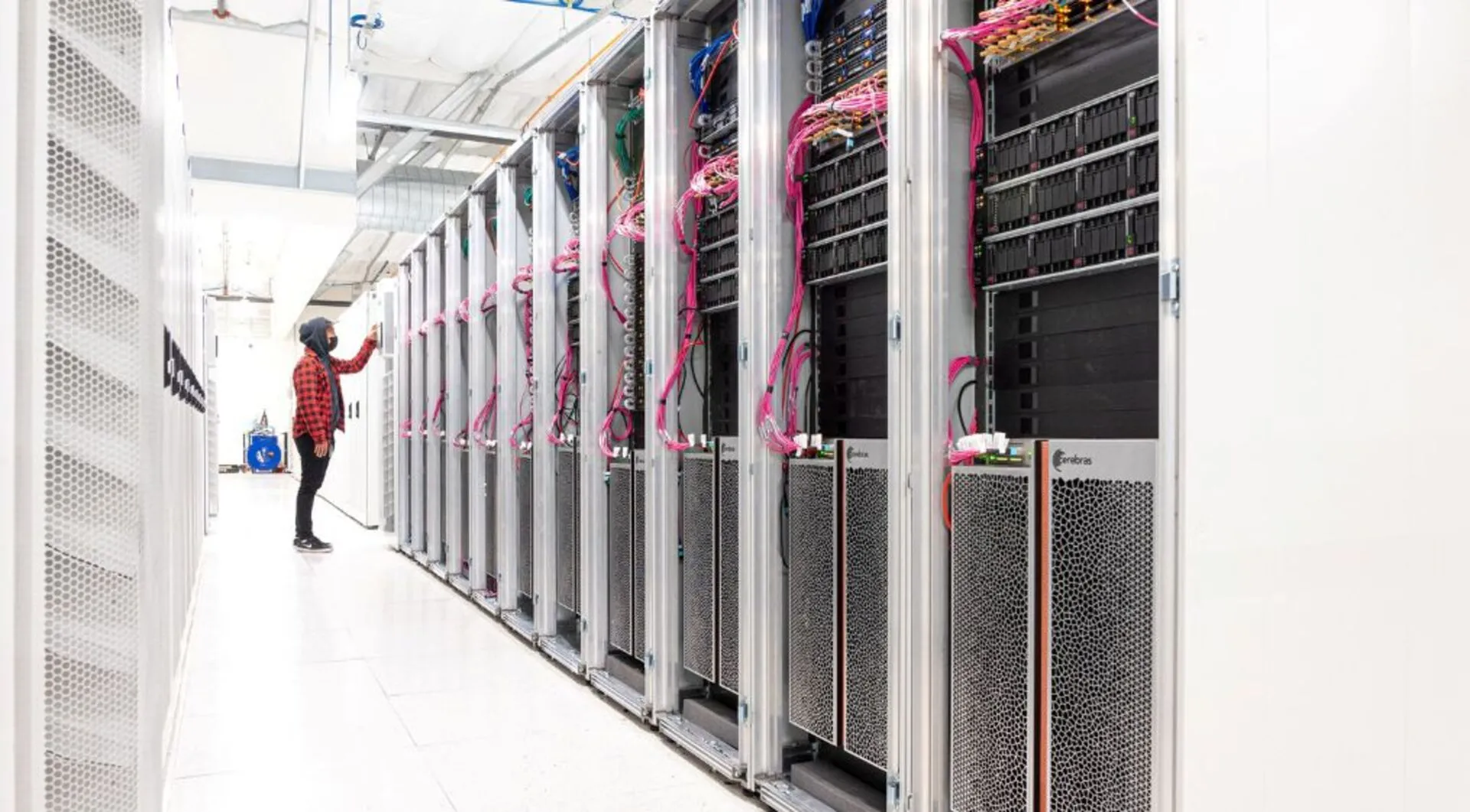
The United Nations’ digital agency reports that operational carbon emissions from leading technology companies increased an average of 150 percent between 2020 and 2023, driven by artificial intelligence investments and expanding data center operations that significantly boosted global electricity consumption.
Amazon’s operational emissions surged 182 percent in 2023 compared to 2020 levels, while Microsoft recorded 155 percent growth, Meta increased 145 percent, and Google’s parent company Alphabet rose 138 percent during the same timeframe, according to the UN’s International Telecommunication Union (ITU).
These figures encompass both direct operational emissions and those from purchased energy consumption, as detailed in ITU’s new assessment of greenhouse gas emissions from the world’s top 200 digital companies spanning 2020 to 2023.
The UN agency attributes this sharp increase to recent AI breakthroughs and growing demand for digital services including cloud computing. “Advances in digital innovation – especially AI – are driving up energy consumption and global emissions,” stated ITU Secretary-General Doreen Bogdan-Martin.
While representing significant technological progress, unchecked emissions from top-emitting AI systems could reach 102.6 million tonnes of carbon dioxide equivalent annually, the agency warned.
The report highlighted transparency challenges, noting “Currently, there are no standards or legislative requirements for companies to disclose their AI emissions or energy consumption, which makes understanding the impact of AI on company-level energy use less straightforward.” However, company data demonstrates increasing operational emissions trends among organizations with high AI adoption rates.
The AI and cloud computing expansion has triggered corresponding electricity demand spikes from data centers powering digital services. Data center electricity consumption has grown 12 percent year-on-year since 2017, according to the International Energy Agency (IEA).
Data centers consumed 415 terawatt-hours of electricity in recent measurements, representing 1.5 percent of global power demand. Continued growth at current rates would push consumption to 945 TWh by 2030, exceeding Japan’s annual electricity usage, the IEA projects.
Power-intensive digital companies consumed approximately 581 TWh of electricity in 2024, roughly 2.1 percent of global demand, though consumption concentrated heavily among leading firms.
Data from 164 of the 200 companies studied revealed that just 10 companies generated 51.9 percent of total electricity demand in 2023: China Mobile, Amazon, Samsung Electronics, China Telecom, Alphabet, Microsoft, TSMC, China Unicom, SK Hynix and Meta.
Publicly available emissions data from 166 companies showed they produced 297 million tonnes of carbon dioxide equivalent annually in 2023, matching the combined emissions of Argentina, Bolivia and Chile.












Be the first to leave a comment